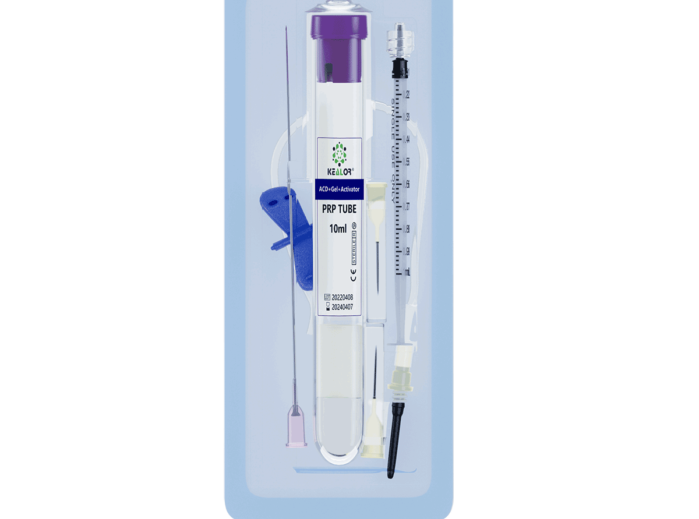How do different PRP kits handle the issue of leukocyte concentration, and what are the implications of leukocytes in PRP?
Different PRP kits offer various approaches to handle leukocyte (white blood cell) concentration, and the presence or absence of leukocytes in PRP can have implications for its effectiveness in different medical and aesthetic applications. Here’s how different PRP kits handle leukocyte concentration and the implications of leukocytes in PRP:
1. Kits with High Leukocyte Concentration:
- Some PRP kits produce PRP with a high leukocyte concentration. This is often referred to as leukocyte-rich PRP (L-PRP).
- Implications: L-PRP contains a higher number of white blood cells, which can contribute to an inflammatory response. This inflammatory response may be beneficial in some cases, such as tissue regeneration and wound healing, where immune cells play a role in tissue repair and defense against infection. However, in certain aesthetic applications, the presence of leukocytes may lead to increased inflammation and potentially longer recovery times.
2. Kits with Low Leukocyte Concentration:
- Other PRP kits are designed to minimize the leukocyte concentration, resulting in leukocyte-poor PRP (P-PRP) or pure PRP (P-PRP).
- Implications: P-PRP and pure PRP contain fewer leukocytes, which may be preferred in aesthetic treatments to minimize inflammation and downtime. These types of PRP are often used in cosmetic procedures like facial rejuvenation. However, in applications where the immune response is essential, such as orthopedic treatments or wound healing, the reduced leukocyte concentration in P-PRP may not be as advantageous.
3. Kits with Customization Options:
- Some PRP kits offer healthcare providers the flexibility to adjust the leukocyte concentration based on the specific needs of the patient and the procedure. This allows for a personalized approach to PRP preparation.
- Implications: Customizable PRP kits enable healthcare providers to tailor the leukocyte content to the desired therapeutic outcome. This can be particularly useful in cases where a balanced immune response is essential for both tissue repair and minimizing inflammation.
4. Kits with Leukocyte Removal Filters:
- Certain PRP kits incorporate leukocyte removal filters to eliminate or reduce the presence of leukocytes in the final PRP product.
- Implications: Leukocyte removal filters are designed to provide precise control over leukocyte concentration. They can be beneficial in procedures where it’s critical to minimize inflammation while harnessing the regenerative properties of platelets and growth factors.
The implications of leukocytes in PRP depend on the specific clinical application and the patient’s condition. Healthcare providers should carefully consider the role of leukocytes in each case and select a PRP kit or preparation method that aligns with the intended therapeutic goals. Customization options and clear communication between the provider and the patient are key to achieving optimal results in PRP therapy.








